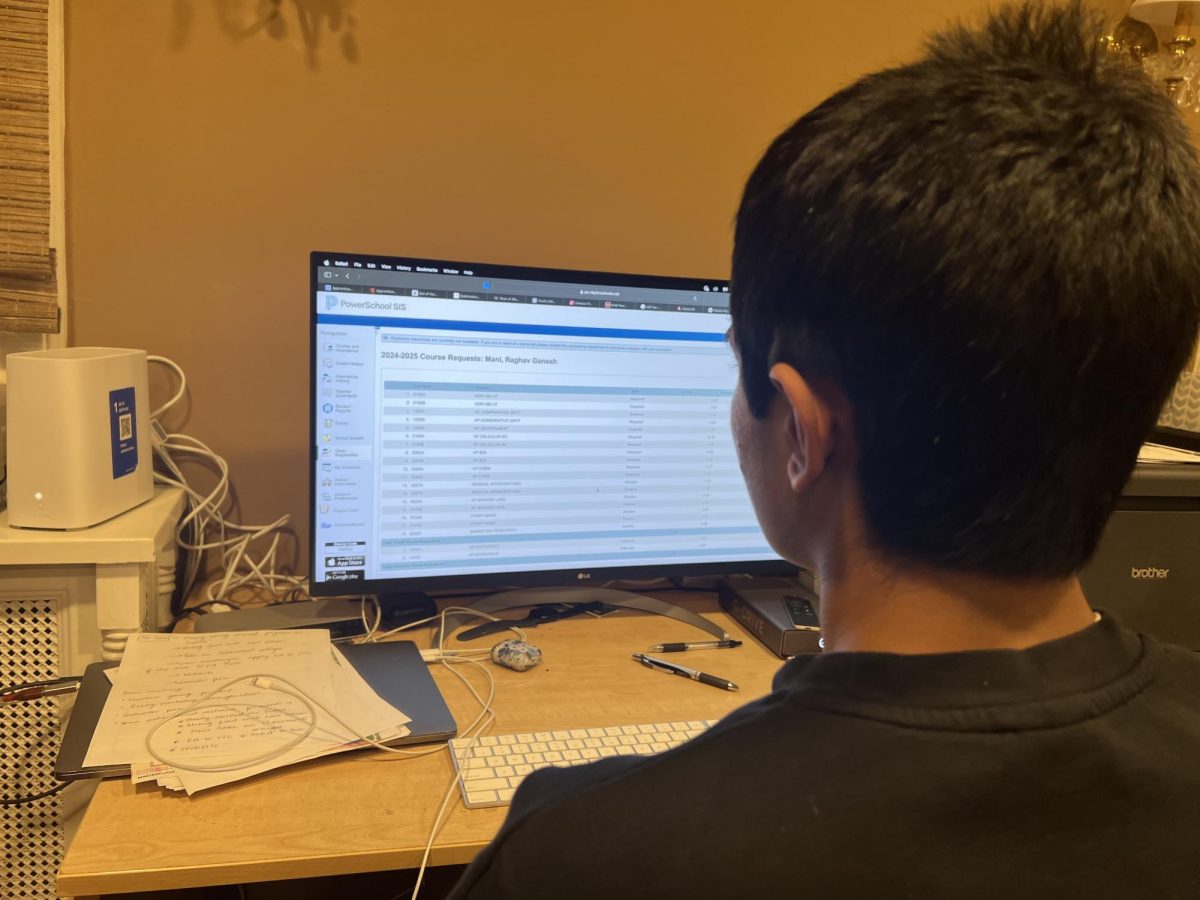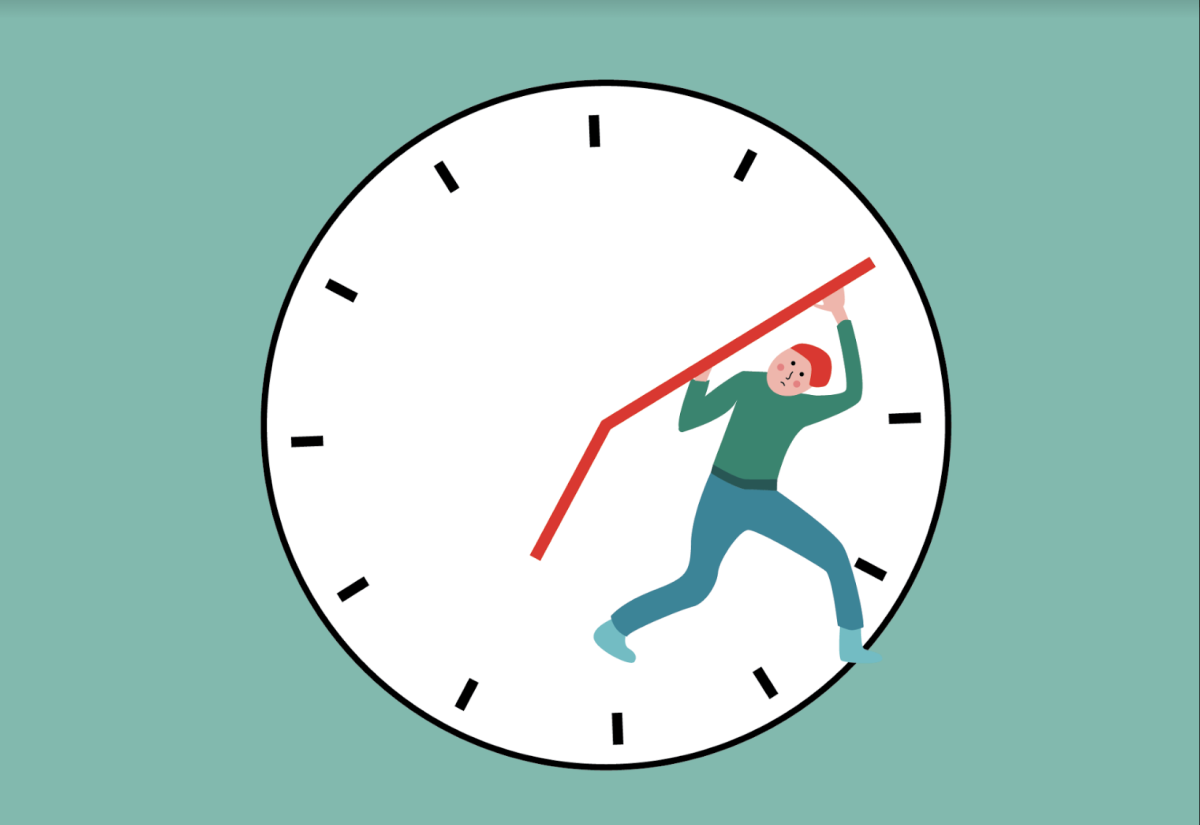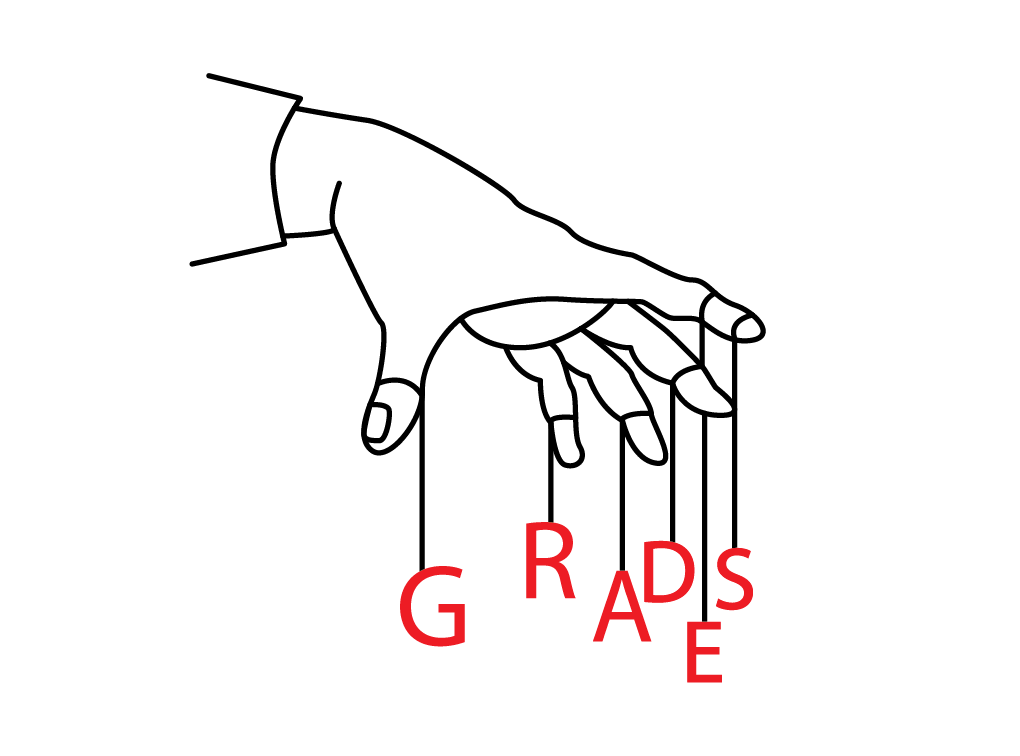A few weeks ago on a brutally cold December afternoon, I decided to grab a soothing cup of hot chocolate. Because I was nearly frozen, after ordering my drink I sat down as far away from any windows as possible, took a deep breath, and started to read a magazine, thankful for the refuge I had found from the harsh conditions outside.
However, as I began to read, I couldn’t help but notice out of the corner of my eye a series of frantic movements. At first I disregarded this peripheral distraction, figuring it would soon stop, but it persisted.

I then turned to my right and was slightly surprised to see a woman tapping the table top as if it were a piano, fingers in perfect playing form, sheet music sprawled out in front of her.
I noticed that other customers were gazing at her confoundedly, while I, a pianist, smiled admiringly, identifying with her desire to practice the piano without one in sight, not to mention in an environment where there was other music playing in the background.
Was she using her time effectively? The scientific answer is a resounding yes.
In multiple experiments scientists have used brain-imaging techniques to prove that imagining that one is playing an instrument is almost as effective as the physical actuality of playing because simulating play stimulates the same portions of the auditory and motor cortex stimulated during an actual performance.
Since I have engaged in similar imaginative exercises, I can attest to the effectiveness of the process. Even more interestingly, I am able to hear every note as I stroke the empty air. Some internal mental function compensates for the absence of the sound of music.
This data reveals that our minds have access to an internal, highly functioning musical landscape, which allows us to recognize an important distinction between external music, music we hear with our ears, and internal music, music that plays within our heads.
Clearly, the woman at the coffee shop could hear the music in her head as she tapped it on the table. Thus, I pause to ask, how attune are you to the musical landscape in your mind? In other words, what kind of internal music do you hear and why? What was the most recent tune you were humming? What inspired you to think of it? These musical tidbits can tell you things about yourself.
In his book Musicophilia, Dr. Oliver Sacks, a noted neurologist, relays a poignant, personal anecdote about how he lets music educate him.
Years ago during the cold month of December in New York City for a couple of successive days, Sacks kept hearing snatches of a song which he was too busy to attend to.
Because it was so persistent, finally he forced himself to take some time to sit down, close his eyes, and listen completely to the music playing in his mind.
As he did so, he recognized it.
The piece was Bach’s “Capriccio on the Departure of a Most Beloved Brotherâ€. Sacks’ moment of revelation brought the simultaneous remembrance that his brother was gravely ill.
Although he had tried to suppress his brother’s dire situation, his mind forced the issue by repeatedly playing a song which he would eventually have to confront and would lead him to deal with his underlying emotional grief.
The music haunted him but did so purposefully.
This recollection is one example of how our musical minds communicate with us in times of emotional need. The results are compelling and illuminate the responsibility we all have to tap into our inner stereos.
Perhaps this goal could and should be our society’s New Year’s Resolution in 2011.
Listening to songs can be a portal to an alternate universe–a personal musical universe. In this musical universe, lyrics, melody, instrumentation, and emotion are intertwined to provide our listening selves with an outlet for expression and a chance to explore parts of ourselves otherwise hidden or dismissed in the rush of ordinary life.
So thus the question becomes how do we navigate this musical landscape? There are two relatively simple ways to get started. The first step has to do with the external music.
This step requires making the crucially important and simultaneously enjoyable decision to expose yourself to more music. Turn on the radio during your lunch break, listen to your iPod on your way to work out, attend a concert, do anything to give yourself more exposure to the music surrounding you.
The more you listen with your ears, the more you will store in your brain’s musical hard drive, and slowly but surely, you will begin to build a diverse library of music.
The second step has to do with the internal music. This task is more sophisticated but equally if not more important; it is difficult because it requires you to tune into the frequency of your subconscious, but it is important because the messages within the music will allow you to become more in touch with the innermost workings of your mind.
The power of music transcends that of language and as a result gives you a peculiarly direct connection to your emotions if you are willing to focus enough to identify the songs you are hearing and make the association between your chosen songs and your brain’s emotional motive to play them.
In cultivating the music of your mind you will find yourself happier, healthier, and more complete this New Year. I promise you that the joy music brings can be surprising, uplifting, therapeutic, and inspirational.
So take the challenge and listen to the rhythm of your life.






